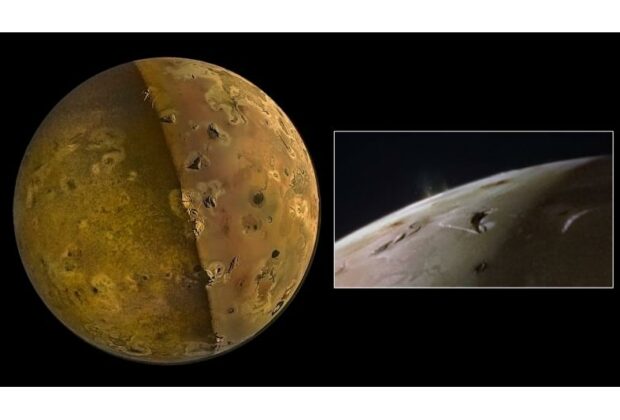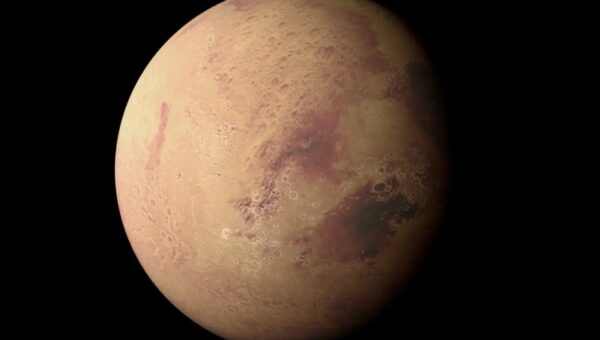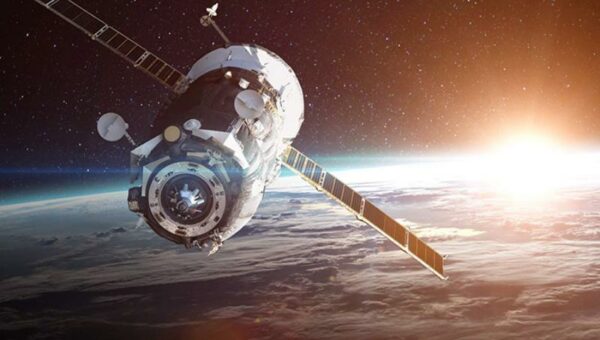Contrary to popular belief, Io, Jupiter’s innermost giant moon, may not have a shallow sea of magma beneath its surface.
Io, the most volcanic region in the solar system, is home to hundreds of volcanoes, some of which are active enough to be imaged by powerful Earth-based observatories.
At Jupiter, the Juno
Today’s Nature article uses data from NASA’s Juno probe, which has been orbiting Jupiter since 2016 and passing near its moons.
In December 2023 and February 2024, Juno captured images of Io from a distance of only 930 miles. This is the closest a spacecraft has come to Io in 20 years, since NASA’s Galileo orbited Jupiter. The two-megapixel camera on board the spacecraft, called JunoCAM, captured the pictures.
Global Ocean of Magma?
The fresh photos and investigations from the flyby were expected to help determine if the magma is dispersed widely or in regions.
This is precisely what has occurred, as models of Jupiter’s tidal heating of Io indicate that volcanic activity on Io is unlikely to originate from a magma ocean.
Tidal Heating
The ideal location in the solar system to comprehend tidal heating is thought to be Io. It is engaged in a never-ending gravitational struggle with Jupiter and its three other large moons. Jupiter’s eccentric orbit also causes variations in its gravitational pull.
Magma is formed beneath the surface due to deformation and frictional tidal heating caused by its continuous stretching and squishing during its 42-day orbit.
Unwavering Mantle
The authors concluded that a subterranean magma ocean cannot be the cause to the melting of Io’s interior since the tidal energy is insufficient. “Tidal heating alone appears insufficient to allow such a magma ocean to develop at Io,” according to the study. According to the authors, this implies that the mantle, or layer between the crust and core, of Io is primarily solid.
Planetary scientists’ knowledge of other moons, including Jupiter’s Europa, Saturn’s Enceladus, and Uranus’ five largest moons, may be affected by the results.”Although it is commonly assumed among the exoplanet community that intense tidal heating may lead to magma oceans, the example of Io shows that this need not be the case.








